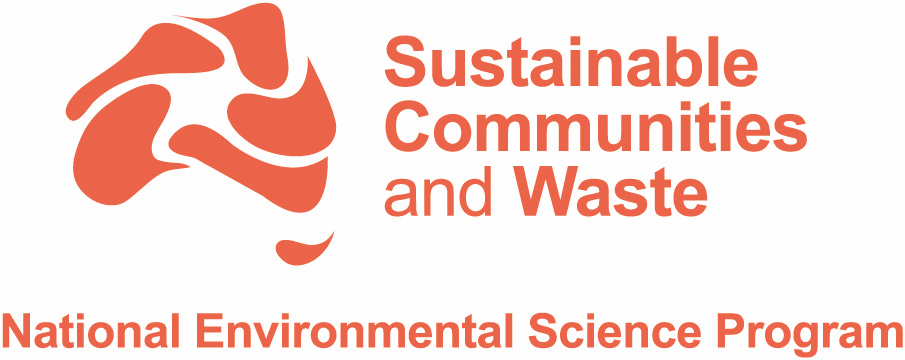Hub Leader Prof Veena writes in a new opinion editorial the world has a waste challenge, and none bigger than that posed by plastics, but solutions are coming to hand.
Excerpt:
Various waste technology solutions are emerging, and some behavioural changes are taking place, but is enough being done and at the speed needed?
To help understand the scale of the challenge, consider some facts.
Statistically, Australia is one of the most wasteful developed nations, second only to the United States of America in terms of per capita plastic bags consumption.
On average, each Australian consumes over 24 kg of plastic and uses over 230 plastic bags every year.
In 2020, only 12% of the plastic waste was actually recycled and 81% went into landfills, with a lot of it ending up in waterways and the oceans.
Many waste generate and recycling figures are actually getting worse yet we have a national government target of 80% average recovery rate from all waste streams by 2030.
The 2021 The National Plastics Plan (NPP) also says over 1 million tonnes of single-use plastics goes straight to landfill and about 130,000 tonnes of plastic leaches into Australian waterways and oceans every year.
This is equivalent to 1,280 kilograms of plastic being dumped every hour in Australia’s ocean.
National Geographic estimates there are 5.25 trillion pieces of plastic debris in the ocean and of that mass, 269,000 tonnes float on the surface, while some four billion plastic microfibers per square kilometre litter the deep sea.
One of the key plastic problems in the ocean comes from commercial and recreational fishing boats, mostly from thousands of discarded nets and lines, often called “ghost nets”.
A joint report by environmental not-for-profit environmental organisation TierraMar and the UNSW Sustainable Materials Research and Technology (SMaRT) Centre outlines solutions for the fight against discarded ghost nets and other fishing marine debris in northern Australia.
Innovative and sustainable methods to detect, collect, transport and responsibly dispose of and recycle ghost nets and other plastic waste in northern Australia are outlined in the Ghost Nets report prepared for the Australian Government’s Department of Climate Change, Energy, the Environment and Water.
Following receipt of the report, the Department in October 2022 opened the Ghost Nets Innovative Solutions Grants program where up to $3 million is available to fund organisations and community groups to undertake projects to address this issue.
The currents and conditions in the Arafura and Timor Seas and the Torres Strait mean that marine debris accumulates in the Gulf of Carpentaria off northern Australia, recognised as a global marine debris ‘hot spot’.
Four of the six marine turtle species found in Australian waters are listed as threatened under Australian environmental legislation and they are regularly found entangled in derelict fishing nets.
There is an opportunity to develop a range of high-quality homeware and building products made directly from ghost nets and other marine debris coming out of northern Australia.
The end products, such as ceramic tiles, could creatively reflect the unique cultures, artistic values and connections to country by local communities, and be used in the built environment as tiles for flooring, walls, tabletops and many other applications.
Details on the Hub's 'plastic and waste materials' research theme

